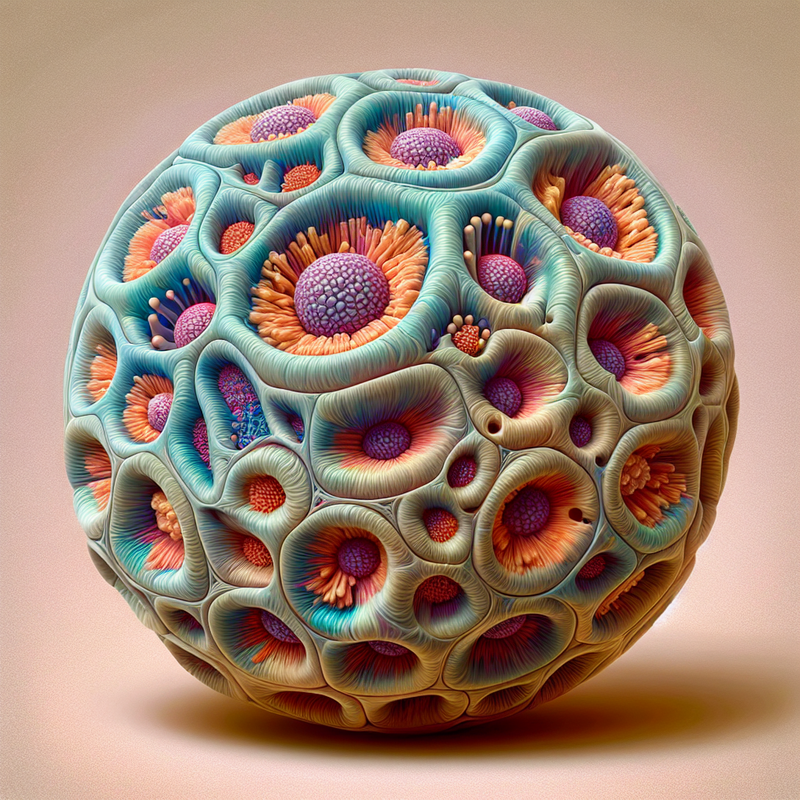Groundbreaking Advancements in Microscopic Imaging
An innovatory leap forward has been achieved by a group of undergraduate researchers from Brown University, who have ingeniously utilized the concept of quantum entanglement to elevate the capabilities of microscopic imaging. Their significant findings were introduced at the most recent Conference on Lasers and Electro-Optics and hold the promise to transform the landscape of 3D holographic imaging.
Innovative Holography Approach Revealed
Engineering physics students Moe (Yameng) Zhang and Wenyu Liu pursued an exploratory project with the mentorship of senior research associate Petr Moroshkin and Professor Jimmy Xu. Together, they have crafted a cutting-edge approach to holography called Quantum Multi-Wavelength Holography. Zhang highlighted the capabilities of their approach, noting, “This technique furnishes us with enhanced precision in capturing details pertaining to the depth of objects, paving the way for constructing precise 3D imagery through the manipulation of indirect photons.”
The developed method involves illuminating a subject with infrared light, followed by the usage of visible light that shares quantum entanglement with the infrared to produce the imaging, thereby enabling the holograms to record both light intensity and phase. Xu commended their successful endeavor, stating, “What we have here is the ability to image in infrared without the actual infrared cameras. Availing such an outcome seems beyond belief, yet they have managed to accomplish exactly that.”
Quantum entanglement – famously referred to as the “spooky action at a distance” – plays a fundamental role, where entangled photons are intrinsically correlated no matter the space between them. The idler photons transverse the subject and allow image production within the visible spectrum, utilizing common silicon detectors which are more cost-effective.
A critical challenge the duo overcame was the issue of “phase wrapping.” They utilized pairs of entangled photons at two distinct wavelengths to construct a synthetic wavelength. This allowed them to precisely describe an object’s shape, invaluable for objects such as biological cells. Liu explained, “The result is a significant increase in the range we can measure, which is particularly suited for biological samples.”
In recognition of their groundbreaking project, Liu received the prestigious Ionata award from the School of Engineering. They showcased the efficiency of their methodology by replicating a complex 1.5-millimeter letter ‘B’, thus demonstrating the precision and practicality of their method in creating high-definition images through quantum entanglement. Zhang voiced his enthusiasm regarding the endeavor, saying, “This is truly a remarkable opportunity to be part of this field and interact with its key pioneers.”
















